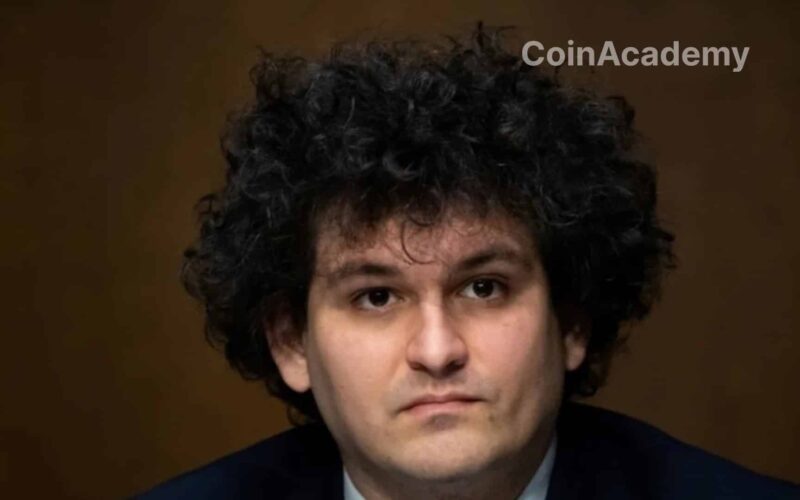The Delaware court has approved FTX’s bankruptcy plan, allowing creditors to recover an average of 118% to 143% of the value of their US dollar claims, with BTC valued at $16,800, ETH at $1,250, and SOL at $16.
While most creditors supported the plan, some raised objections, including concerns about cash refunds rather than crypto and the valuation of the FTT token at zero. These objections were dismissed, and the price of FTT briefly spiked after the announcement.
The high refunds are possible due to the liquidation of key assets, such as a stake in startup Anthropic, as well as the rise in the crypto market and asset recovery efforts. Distribution in stablecoins is still under consideration for creditors, despite criticism from the SEC.
Approved Resolution by Wide Majority
After months of negotiations and amendments, Judge John T. Dorsey of the US Bankruptcy Court for the District of Delaware has approved the repayment plan proposed by FTX administrators. This plan, which had already received approval from 96% of creditors in terms of number and 98% in terms of amounts, provides for cash refunds.
Creditors can expect to recover an average of 118% of the value of their claims as of FTX’s bankruptcy filing in November 2022. For those with claims exceeding $50,000, this refund could reach 143%, well beyond the initial forecasts made two years ago.
However, despite these generous amounts, these refunds do not compensate for the potential gains that some creditors could have made if their bitcoin or other crypto assets had been held until the end of the procedure, given the rise in cryptocurrency prices following FTX’s bankruptcy.
Objections to Cash Refunds
While the majority of creditors accepted the plan, several objections were raised during the six-hour hearing, including by companies like Celsius and Layer Zero, as well as individual creditors. They primarily contested the decision to refund in cash rather than cryptocurrencies, as well as the valuation of FTT tokens – which the plan estimates to be zero.
Some creditors argued that, according to FTX’s terms of service, they had ownership rights to their assets and therefore should receive their crypto in its original form, not as cash. Others expressed their dissatisfaction with the liquidation of FTT, arguing that the token should be assessed differently. But all these objections were dismissed by Judge Dorsey. Despite this decision, FTT’s price surged by 55% after the announcement of the bankruptcy plan’s approval, highlighting the unpredictability of the crypto market.
FTT: A Token with No Value According to Experts
One of the most debated points during the hearing was the value of FTT, FTX’s native utility token. Lawyers representing the majority of creditors, notably Brian Glueckstein, a partner at Sullivan & Cromwell, insisted that FTT no longer had any value since the closure of FTX.com. “FTT has no fundamental value. Its utility was exclusively linked to the FTX.com platform, which no longer exists,” Glueckstein stated. Without an active exchange to support its use, the valuation of FTT is now considered null.
The Inability to Return Crypto Assets in Kind
Another point raised by the creditors concerned the return of assets in their original form, rather than cash refunds. FTX’s lawyers explained that the platform simply did not have enough crypto assets to make restitutions in their original form. For example, out of the 100,000 bitcoins deposited by the platform’s clients, only 105 BTC remained at the time of FTX’s collapse.
To return the amounts in cryptocurrencies, FTX would have had to repurchase these assets on the market at current prices, which experts and lawyers representing creditors deemed technically and financially impossible. Judge Dorsey confirmed this conclusion, conceding that restitutions in kind were not feasible in this context.
Forces Behind the High Refunds
If FTX is now able to repay its creditors well beyond initial expectations, it is thanks to several key factors. Firstly, the liquidation of certain strategic investments of FTX, including an 8% stake in the artificial intelligence startup Anthropic, sold for $884 million, has significantly replenished the platform’s coffers. Furthermore, the rise in cryptocurrency prices over the past two years has also contributed to improving the financial situation of the bankrupt company. Lastly, asset recovery efforts (clawbacks) by FTX administrators have also allowed for the recovery of some misappropriated or improperly used funds under the leadership of former CEO Sam Bankman-Fried.
The Option of Stablecoin Distribution Still Under Consideration
Despite the rejection of returning crypto assets in kind, FTX’s lawyers indicated that distribution in stablecoins could still be considered for creditors. Four companies specializing in stablecoin management are currently in discussions to facilitate this type of distribution, although this solution has been criticized and objected to by the Securities and Exchange Commission (SEC).
With the approval of the bankruptcy plan, FTX turns the page on its tumultuous history, which rattled the crypto industry. While some creditors hoped to recover their original cryptocurrencies, the decision for cash refunds, although not ideal for everyone, marks the end of a long legal process that has restored some of the losses for many affected investors.




